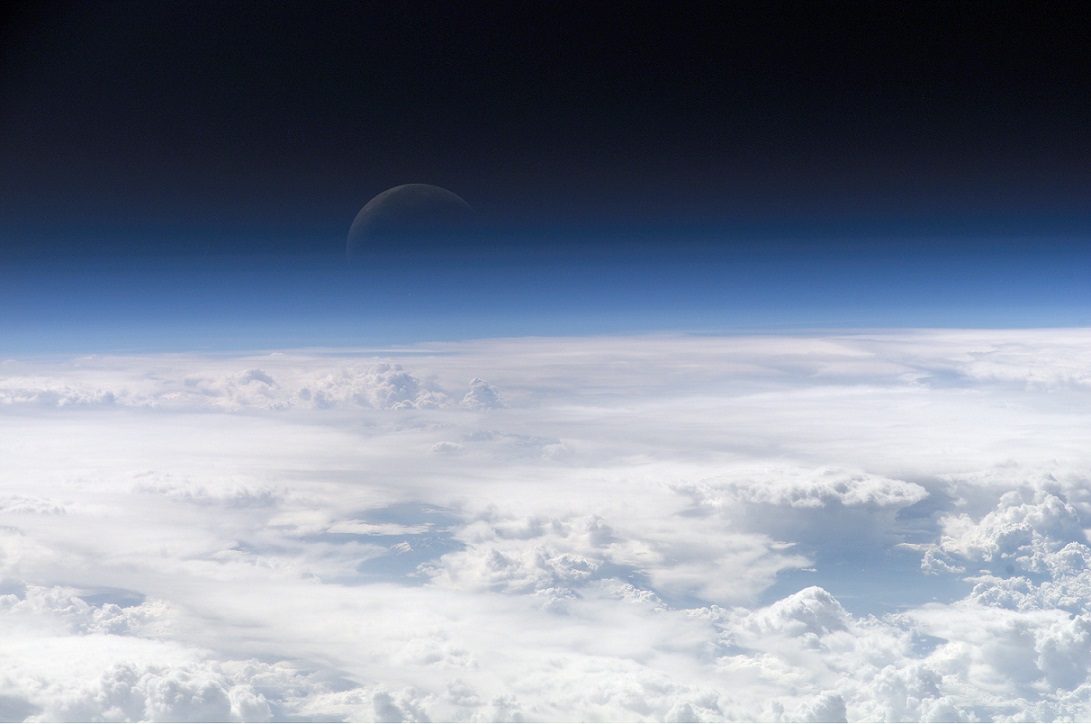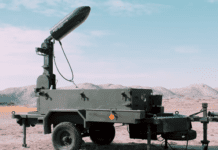This post is also available in:
 עברית (Hebrew)
עברית (Hebrew)
Sensors are usually thought of in terms of physical devices that receive and respond to electromagnetic signals – from everyday sensors in our smartphones and connected home appliances to more advanced sensors in buildings, cars, airplanes and spacecraft. No physical sensors, however, can continuously and globally detect disturbances that take place on or above the earth’s surface. But the physical atmosphere itself may offer such a sensing capability, if it can be understood and tapped into.
To that end, DARPA, the US Defense Advanced Research project Agency, recently announced its Atmosphere as a Sensor (AtmoSense) program, whose goal is to understand the fundamentals of energy propagation from the ground to the ionosphere to determine if the atmosphere can be used as a sensor, according to darpa.mil.
However, as DARPA is a DoD agency, this research may also be used for military purposes, as suggested by thenationalinterest.org, claiming that because DARPA is a military research organization, it’s reasonable to assume that this line of inquiry will have military applications. For example, nuclear weapons tests, bomb explosions or artillery firing might also leave fingerprints in the atmosphere that may be detected.
DARPA is looking to atmospheric scientists to develop ways of measuring changes in the atmosphere, such as pressure, volume, density, and temperature. “Beyond these basic atmospheric variables, the mesosphere and lower ionosphere provide electromagnetic opportunities for measurement due to their charged nature,” the agency added.
DARPA also wants to filter out background “noise” that obscures these atmospheric fingerprints. “

























